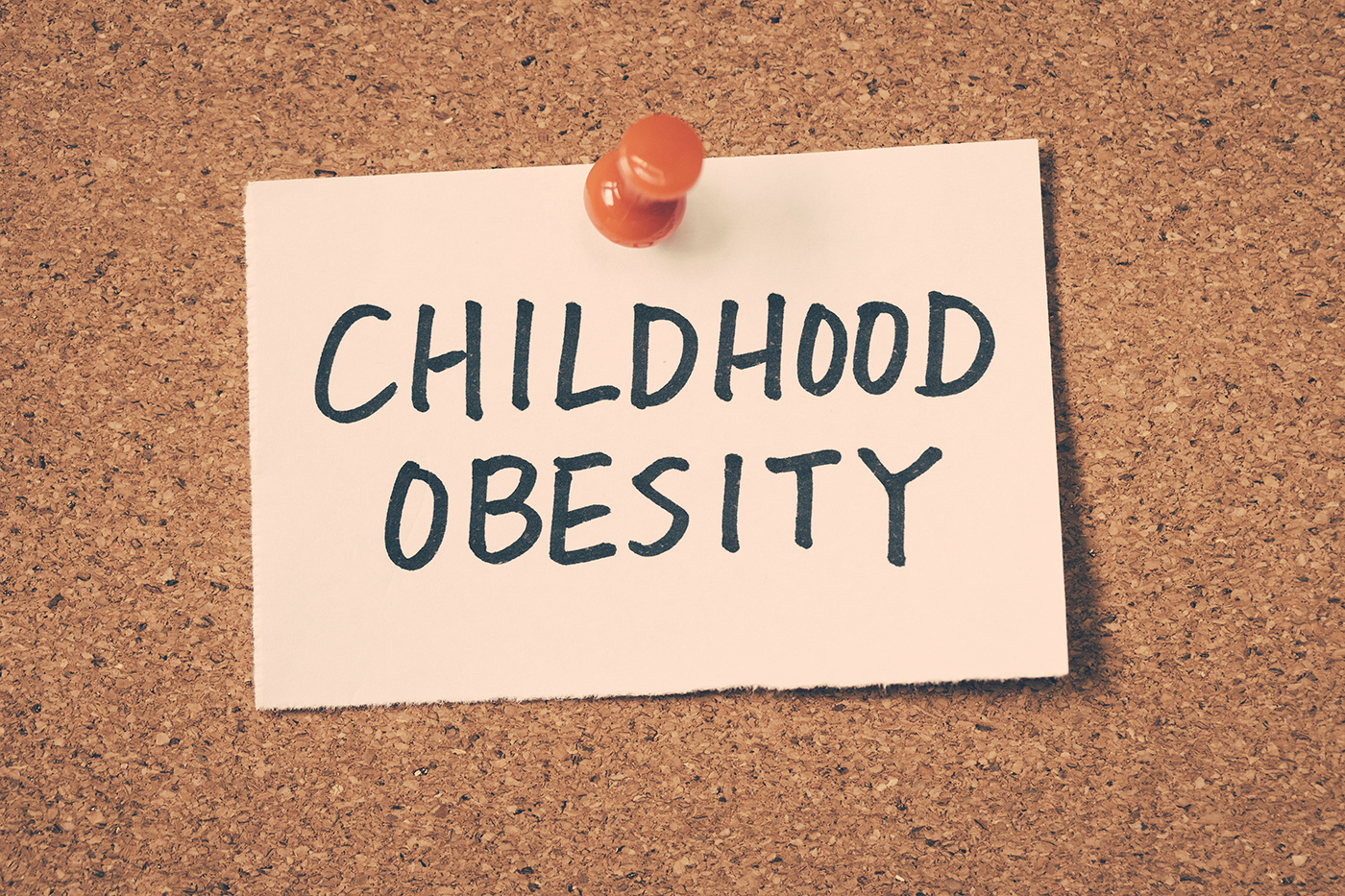
Children with obesity should receive intensive treatment as early as possible, including medication and surgery if warranted, according to new guidance from the American Academy of Pediatrics (AAP).
In January, the AAP released its first comprehensive guidance in 15 years on obesity treatment in children. Obesity is defined as a body mass index (BMI) at or above the 95th percentile for their age and sex, i.e., a BMI that is greater than the BMIs of 95% of children of the same age and sex.
Citing evidence that children with obesity are at greater risk to become adults with obesity, the guidance underscores a life-course approach to the identification and treatment of obesity. This includes early intervention with clinical support that continues as the child ages into adolescence and adulthood.
The guidance contains evidence-based recommendations for evaluating and treating children with obesity-related health concerns. These include:
- Motivational interviewing: The guidance emphasizes the use of supportive, non-stigmatizing communication to steer discussions about obesity with children and their parents. Along with a thorough medical evaluation, screenings for social determinants of health and mental health are recommended.
- Intensive health behavior and lifestyle treatment: The guidance notes that effective treatments include at least 26 or more hours of face-to-face, family-based, multicomponent treatment over a three-to-12-month period.
- Pharmacotherapy: The guidance states that physicians should offer children aged 12 and older with obesity-appropriate weight loss medications in conjunction with behavior and lifestyle modifications.
- Metabolic and bariatric surgery: The guidance notes that teens aged 13 and older with severe obesity (BMI greater than or equal to 120% of the 95th percentile for age and sex) should be evaluated for metabolic and bariatric surgery.
Noting the complexity and multitude of factors that can lead to obesity, the guidance recommends a “whole child” approach in treating obesity, acknowledging not only individual and family risk factors but also structural inequities that contribute to obesity. The guidance also notes the importance of weighing additional health factors, including comorbidities such as type 2 diabetes or hypertension, in tailoring individual treatment plans.
Previous AAP guidelines for obesity treatment in children centered on a “watchful waiting” approach. Under this approach, clinicians monitor children to see whether they would outgrow obesity or move toward a healthier BMI without medical intervention.
Development of the updated guidance was a yearslong process, beginning in 2017 with an evidence review of obesity treatment and obesity-related comorbidities. Ultimately these efforts led to the creation of a subcommittee charged with developing the updated guidance, which met regularly throughout 2019 and 2020. Representatives on the subcommittee included a broad range of providers with expertise in pediatrics, behavioral health, nutrition, public health, and epidemiology.
Along with treatment guidance, the updated guidance includes important information on nonclinical factors that contribute to childhood obesity. These include social, environmental, and genetic influences that impact children and their families, including poverty, racism, weight bias and stigma, and adverse childhood experiences.
In Arkansas, childhood obesity rates have continued to climb, according to annual data collected and analyzed by ACHI. Legislation enacted in 2003 established initiatives to address obesity among school-aged children in the state, including a requirement that schools collect child height and weight measurements to compute a BMI percentile by age for each student. Analyses of 2020-21 school year BMI data indicate that approximately 26% of Arkansas children who attend public schools are classified as obese and 18% are classified as overweight, while 54% of children are classified as having a healthy weight and 2% are classified as underweight.






